
OR
Excessive summer heat affects normal life in tarai
Published On: June 16, 2019 05:00 AM NPT By: Republica | @RepublicaNepal
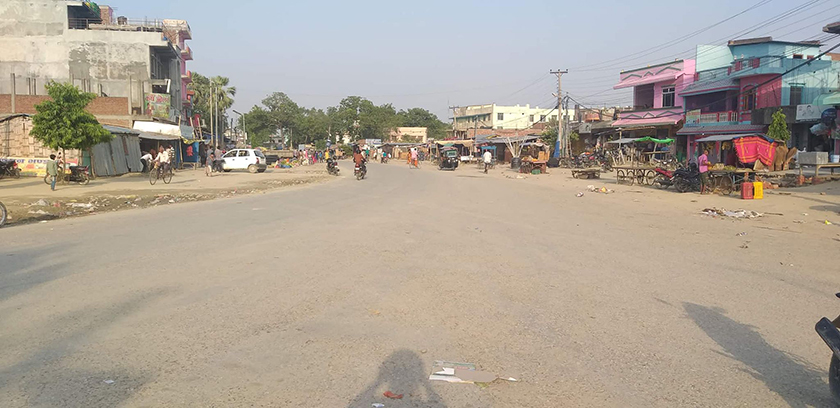
RAUTAHAT, June 16: With temperature soaring high, intense heat waves have started crippling life in various parts of tarai.
Normal life has been thrown out of gear in Rautahat due to the increasing heat. Of late, the temperature of the district headquarters Gaur has climbed to 43 degrees Celsius. Daily-wage laborers and farmers who work in the open are the worst affected by the heat as they have no option than to face the ordeal.
People have started fainting and falling ill due to the extreme heat.
The number of service seekers visiting government offices has decreased significantly. Very few people were seen visiting the District Administration Office (DAO), Land Revenue Office and other government offices in the past one week.
People have stopped going out of their homes unless they have really important work. It has been around a week since the temperature has become extremely hot in the tarai and other parts of the country.
Rabindra Jha, in-charge of the emergency room of the District Hospital, Gaur says that more people have started suffering from heat stroke and dehydration.
According to the District Hospital, patients of diarrhea and fever have increased significantly. Jha further informed that 50 to 60 new patients visit the hospital on a daily basis.
Meanwhile, Dr Subhash Chaudhary of Chandrapur Hospital says heat stroke followed by high blood pressure has increased the risk of brain stroke, heart attack and other problems among the people. He suggested people to drink lots of liquid, take rest, eat less and avoid exposure to sun during extreme heat.
Considering the health of students, Gaur Municipality has ordered the schools to run classes from 6:30 am to 10 am in the morning until June 21. Pandit Prasad Jaiswal, chairperson of Rautahat Chamber of Commerce and Industry, stated that the increasing heat has directly affected their business.
Jaiswal further added that very less people are seen on the streets during daytime.
You May Like This

Mysterious disease killing dogs in Norway
HELSINKI, Sept 8: Norwegian authorities haven’t been able to detect the cause behind an unexplained disease that is estimated to... Read More...

Complete education, full health could double Nepal's GDP per capita: WB
KATHMANDU, June 7: Nepal has the potential to double its Gross Domestic Product (GDP) per capita in the long run if... Read More...
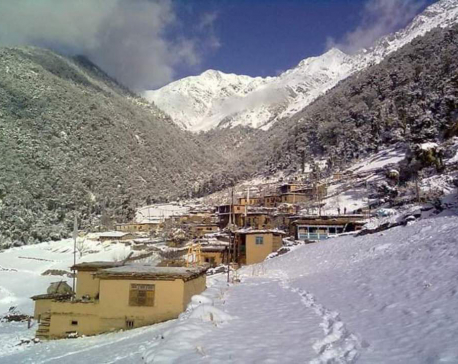
In pictures: Snowfall delights farmers but brings daily life to a standstill
KATHMANDU, Jan 23: Mountain regions of the country have witnessed heavy snowfall after a change in weather by westerly disturbance.... Read More...




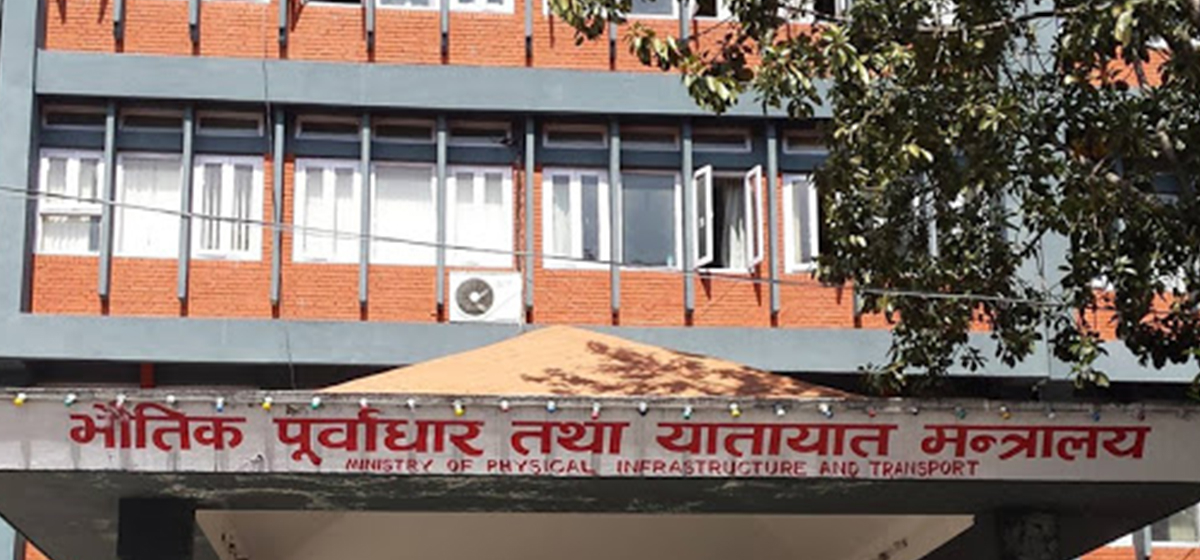
Just In
- Taylor Swift releases ‘The Tortured Poets Department’
- India starts voting in the world’s largest election as Modi seeks a third term as prime minister
- EC seeks cooperation for free and fair by-election
- Bus carrying wedding procession attendees meets with accident in Sindhupalchowk claiming three live
- CPN (Unified Socialist) to hold its Central Committee meeting on May 10-11
- Over 16,000 paragliding flights conducted in one year in Pokhara
- MoPIT prepares draft of National Road Safety Act, proposes rescue within an hour of an accident
- Light rainfall likely in hilly areas of Koshi, Bagmati, Gandaki and Karnali provinces











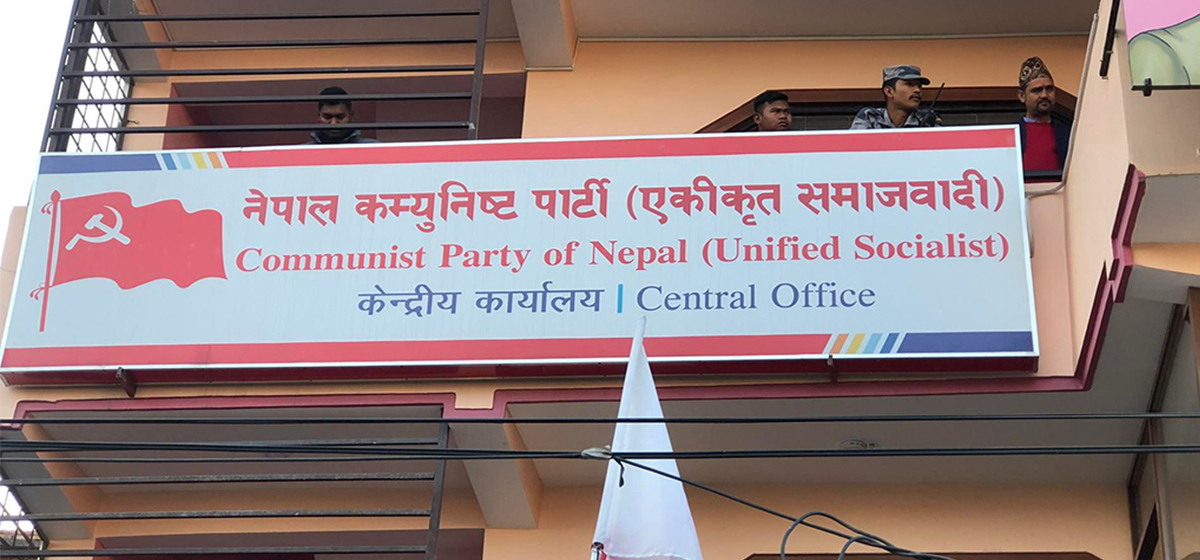
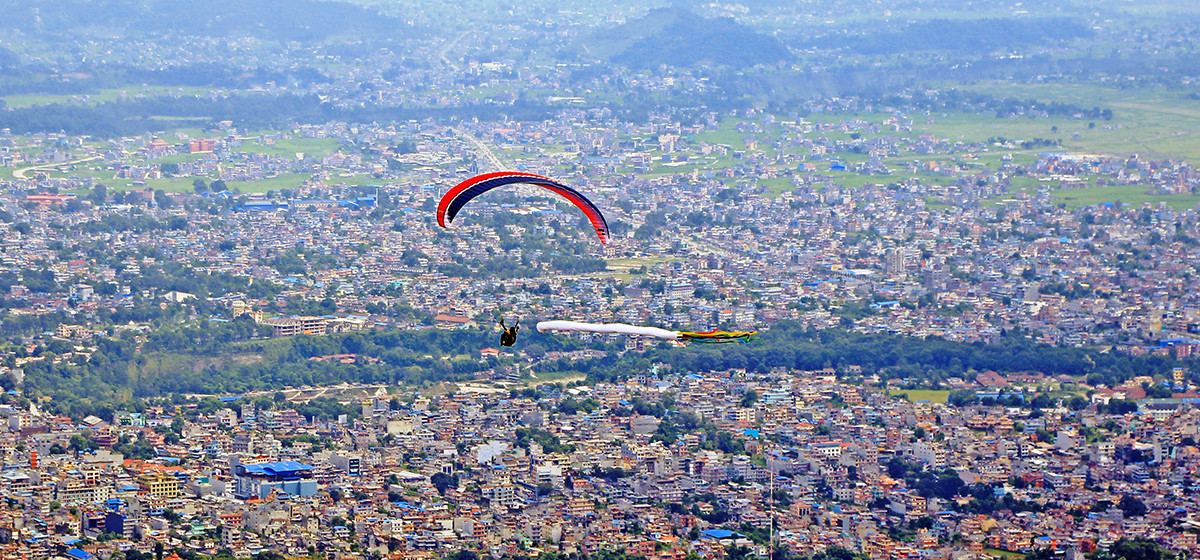

Leave A Comment